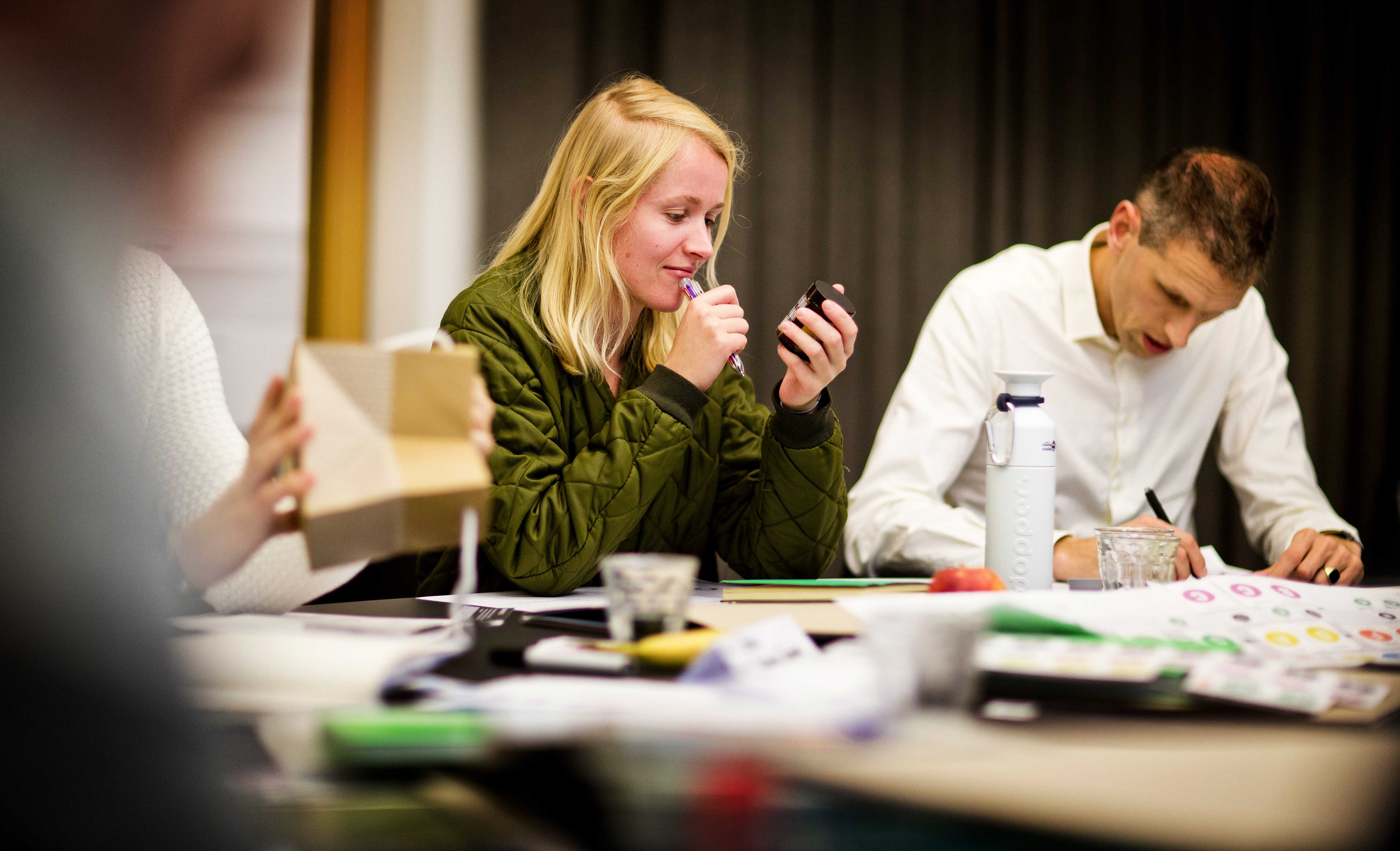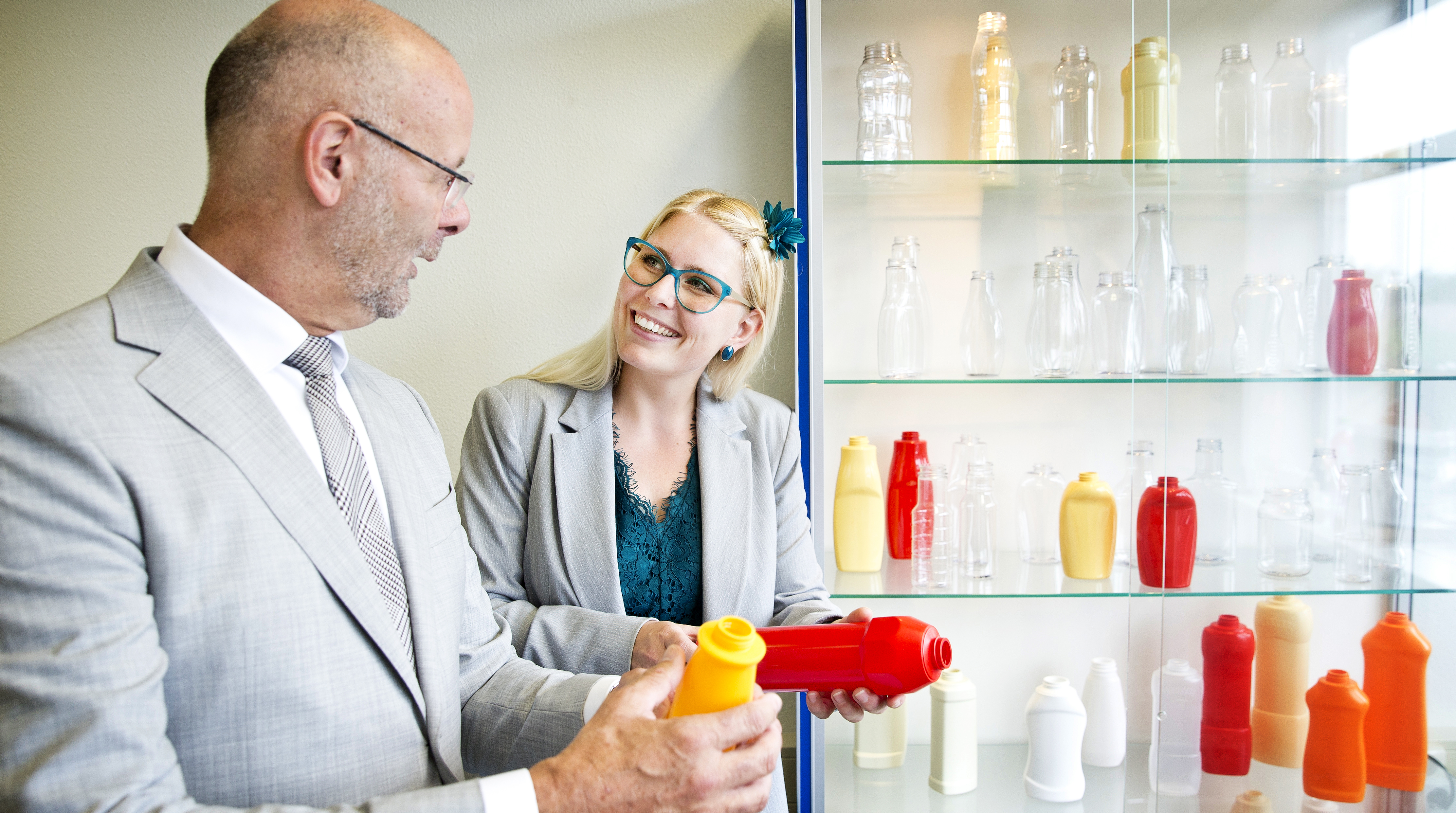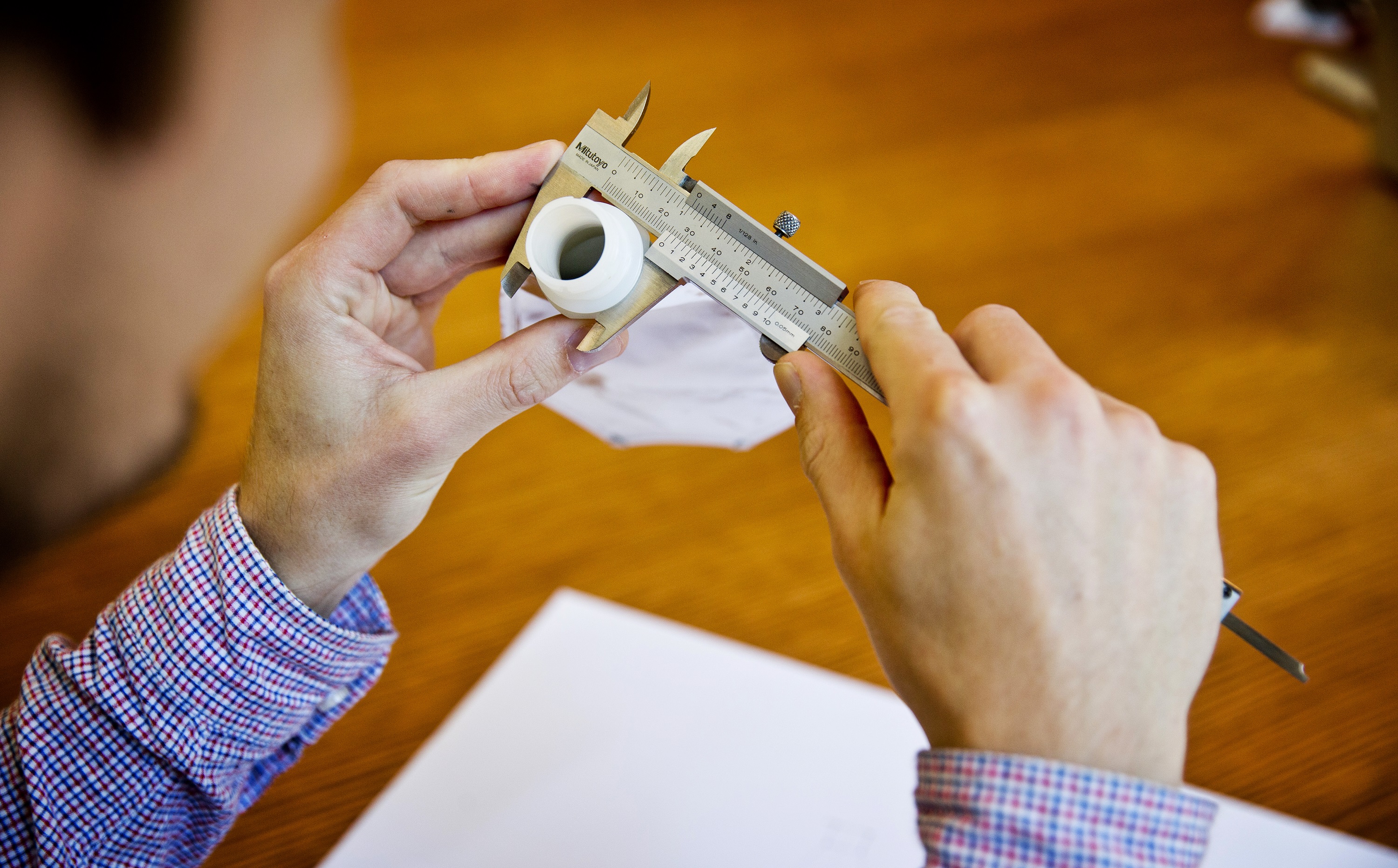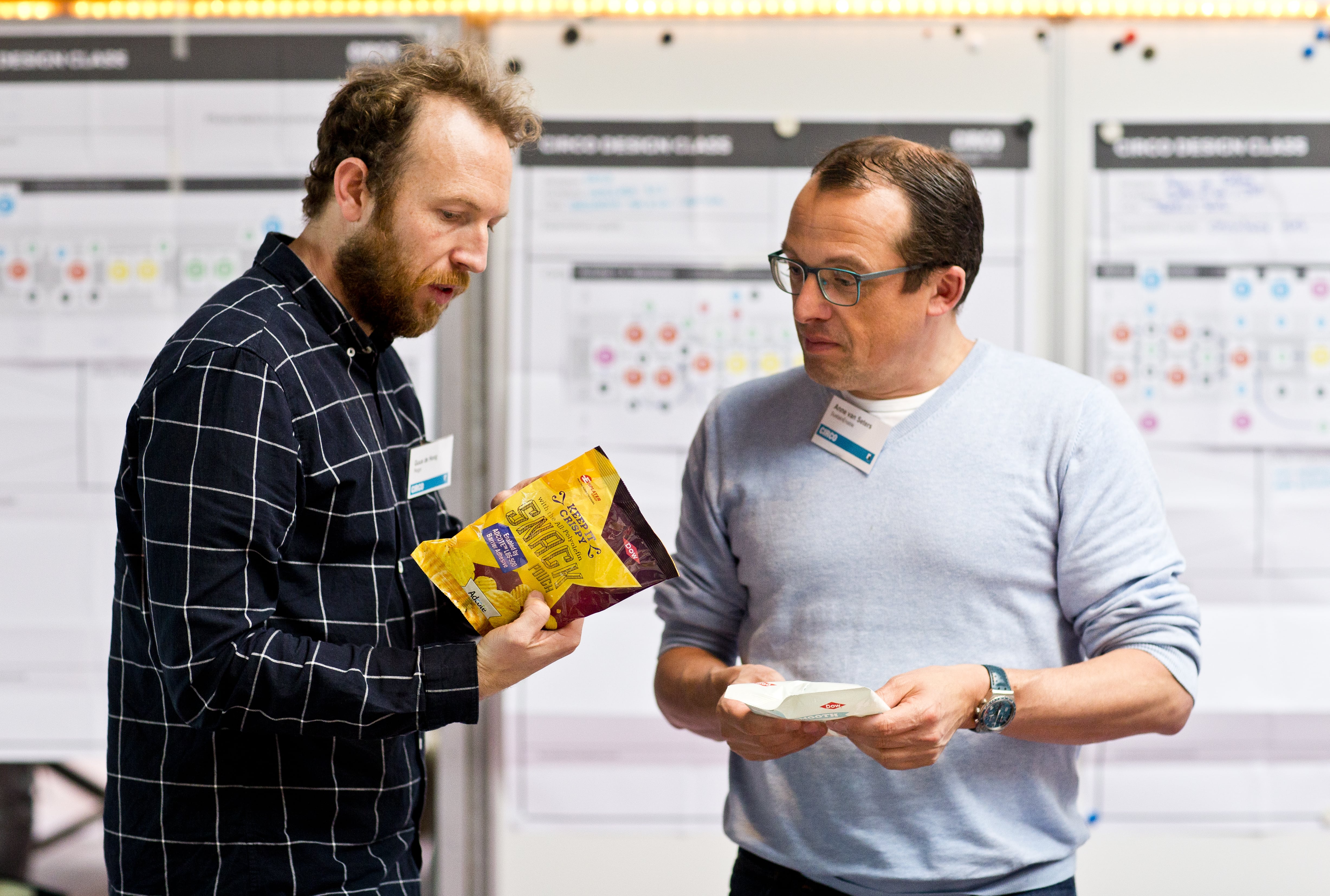Make the move
towards 100% sustainable packagingPackForward helps stakeholders in the packaging chain move forward with sustainable packaging. Discover how you can benefit from our European collaborations and events.





- Brand, retailer or manufacturer
- Producer Responsibility Organisation
-
Are you working in the packaging industry and looking to implement sustainable packaging in multiple countries? Join PackForward and connect with peers across Europe, learn about innovations and the latest developments.
Network -
Are you a Producer Responsibility Organisation (PRO) working on a circular economy for packaging, from collection among the general public to sustainable recycling? See what other PRO’s are doing and share experiences and knowledge.
Network



